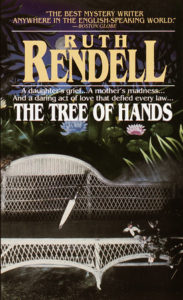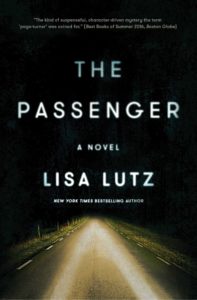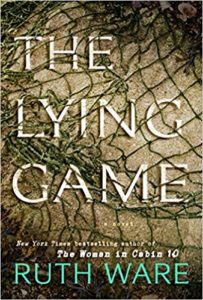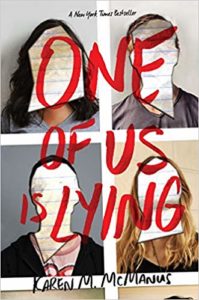Rumors spread fast and can inflict untold damage. It doesn’t matter whether they’re true or false. Once something is out there, in the public domain, it’s impossible to control it and, with the rise in social media, the repercussions are instant (and, in many cases, devastating).
In my debut novel The Rumor, Joanna, a young mother, hears that someone who killed a child when she was just ten years old is now living locally under a new identity, and although Joanna never intends to pass the rumor on, one casual comment leads to another, setting off a catastrophic chain of events.
In a genre where secrets, lies and psychological manipulation are standard fare, it’s little wonder that crime writers are drawn to explore how characters respond when rumors and speculation take hold. Indeed, it was hearing a similar rumor in my own neighbourhood that inspired me to write the novel in the first place. My writerly brain wouldn’t stop thinking about it and wondering what it must be like to harbour a dark secret and to have to pretend to be someone else. What better place to examine such topics than the realm of fiction. It’s certainly less harmful than gossiping in real life! Here are seven examples of novels that have rumors and false information at their heart…

The Cry, by Helen Fitzgerald
In The Cry, by Helen Fitzgerald, a married couple are subjected to a trial by media when their baby goes missing. Initial sympathy for the parents turns to suspicion and judgement, and the couple must battle not only their loss, but a barrage of gossip and rumor about what really happened to baby Noah. This is a shocking and gripping tale with echoes of similar real-life cases concerning missing children and the divisive public opinion that so often surrounds them.

Wild Fire, by Ann Cleves
Wild Fire, by Ann Cleves, the eighth and final book in the bestselling Shetland series, also explores the repercussions of herd mentality. An English family have relocated from London to a remote Shetland community to give their autistic son a better life. But when the previous owner of their new home hangs himself in their barn, the family becomes the target of malicious gossip. Things get a whole lot worse when a young nanny from a neighbouring family is also found hanging in the same barn. Rumors of her affair with the husband spread like wild fire.

The Tree of Hands, by Ruth Rendell
Ruth Rendell knew only too well how rumors can turn a whole community against a person. The Tree of Hands is a classic 1980s Rendell, uncomfortably dark and full of suspense. Parenting is a major theme and disparate characters and classes—a successful writer and a struggling waitress—make decisions based on false information.

The Secrets She Keeps, by Michael Robotham
The Secrets She Keeps, by Michael Rowbotham also features two women from different social and economic classes. Meghan, a privileged ‘mummy blogger’ and Agatha, a shelf-stacker at a supermarket both have babies due at the same time, but their personal circumstances couldn’t be more different. According to Meghan’s blog posts, her life is perfect—no wonder Agatha wants a taste of it. But appearances can be deceptive and this novel highlights the illusory nature of the internet. When the two women’s lives become entwined, it’s obvious that neither of them is telling the whole truth. Like Rendell, Rowbotham knows how to show the inner workings of a damaged mind.

The Passenger, by Lisa Lutz
But not telling the whole truth is how some people survive. In The Passenger, by Lisa Lutz, a woman’s husband dies under mysterious circumstances and even though she didn’t kill him, she runs away and changes her identity. It soon becomes clear that this isn’t the first time she’s had to reinvent herself and it won’t be the last. This is a fast-paced thriller about someone with a past they need to escape.

The Lying Game, by Ruth Ware
The four characters in Ruth Ware’s The Lying Game would also like to escape their past. As children they attended a boarding school in a remote coastal community, where they invented the Lying Game, telling stories to deceive and manipulate others. One of the rules of this game was that they should never lie to each other. Now, three of them are summoned by the fourth to return to the scene of their childhood. Their last lie has returned to haunt them and they must start lying all over again. Only this time it’s no longer a game. A bone has been discovered by a dog and a long-buried seventeen-year-old secret is about to emerge.

One of Us is Lying, by Karen McManus
Finally, Karen McManus draws on the insecurities of teenagers in her YA thriller One of Us is Lying. Five students have to stay behind for detention, but only four of them walk out of the classroom alive. The murder victim just happens to be the creator of “About That,” a gossip app that ruins reputations. Has he been murdered to prevent juicy revelations about his four fellow students? Or is that what the real killer wants everyone to believe?
Featured image: Lawrence Alma-Tadema, Whispering Noon, 1896

















